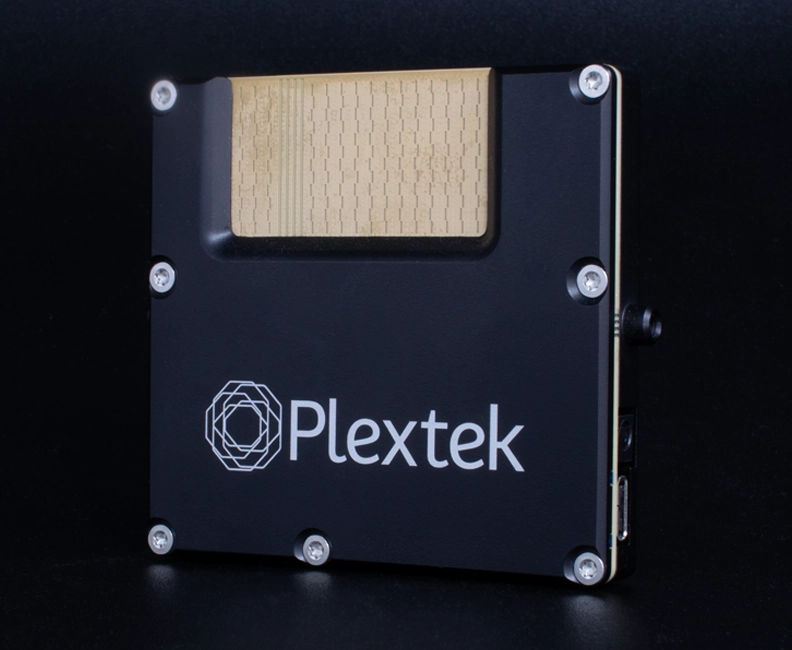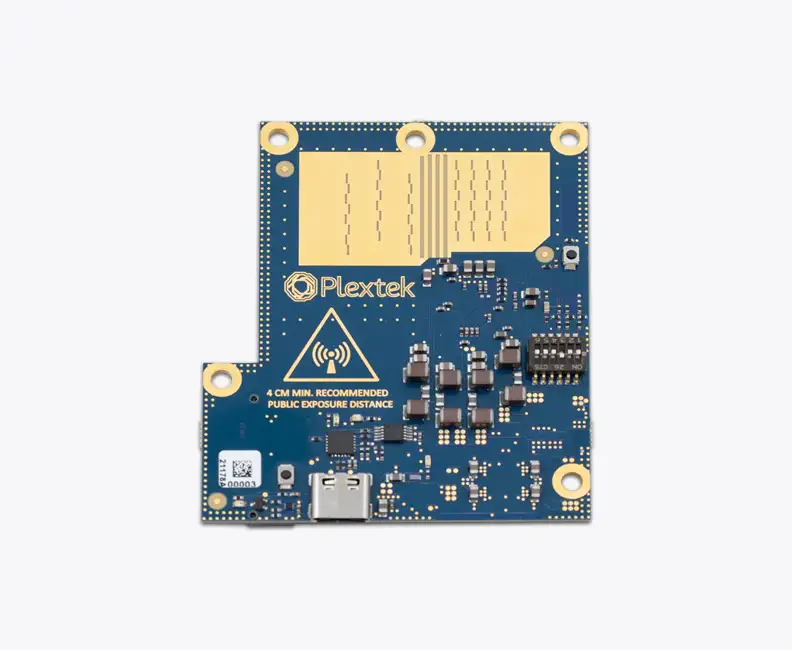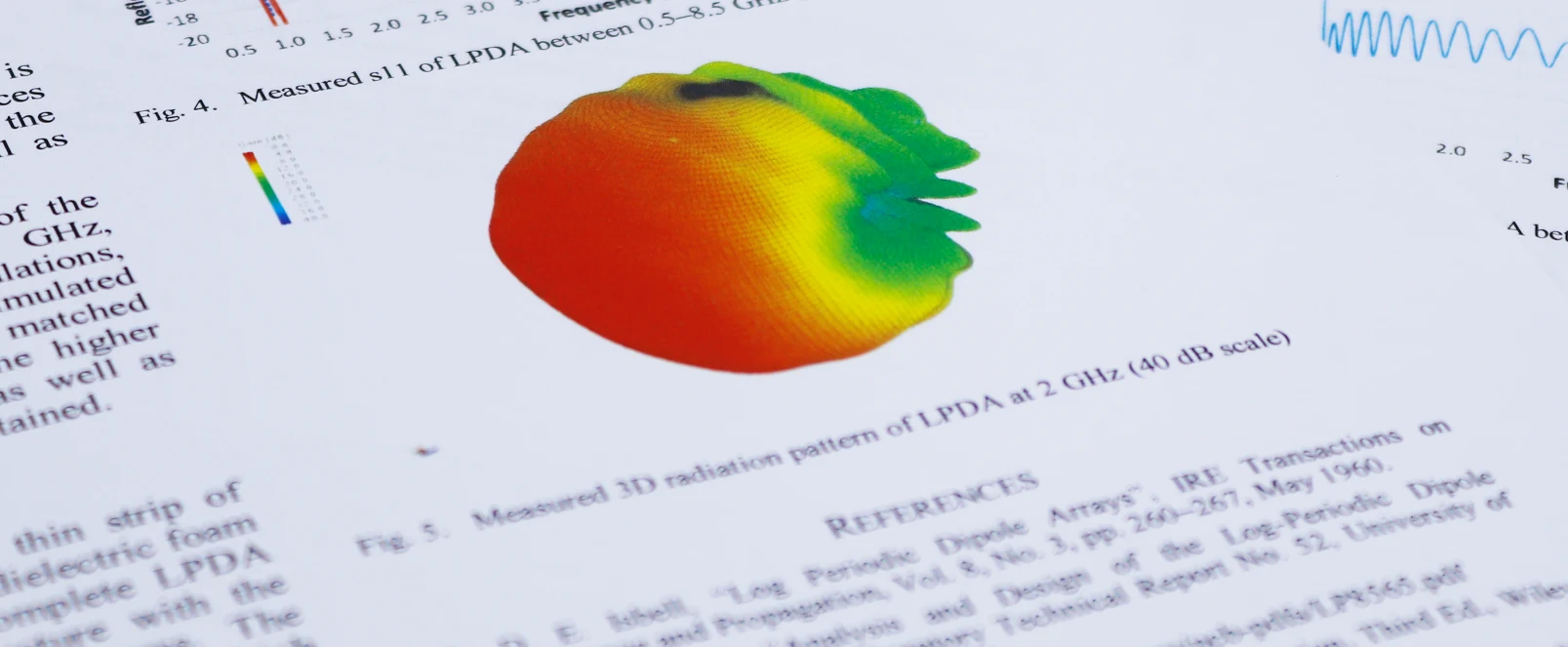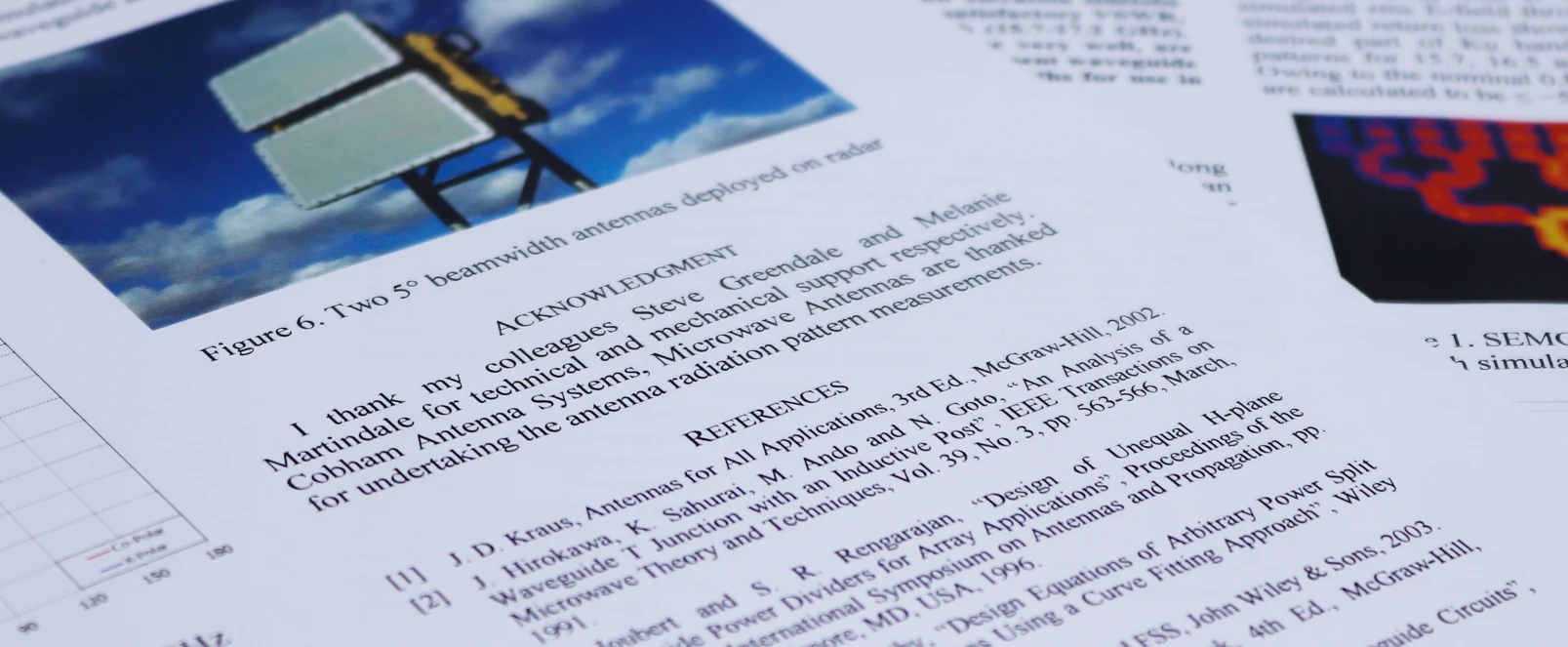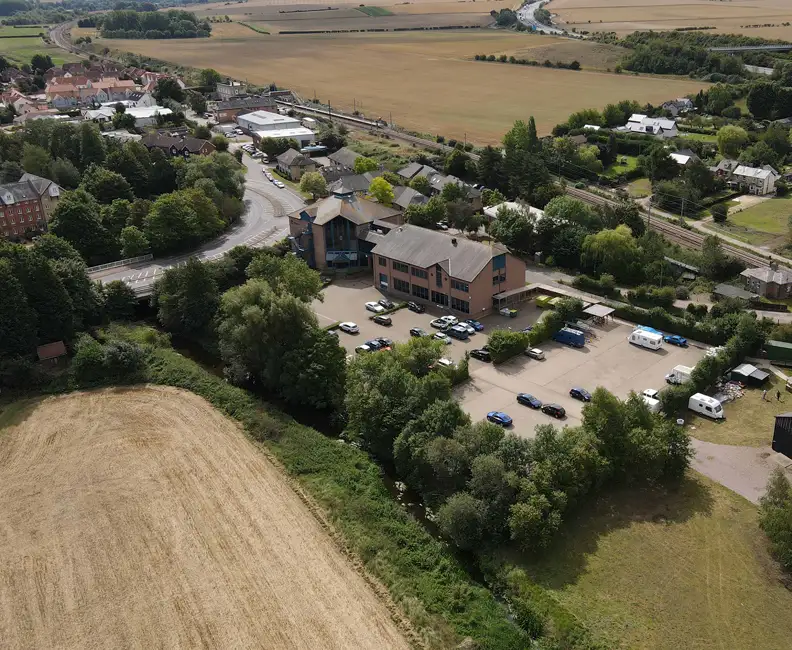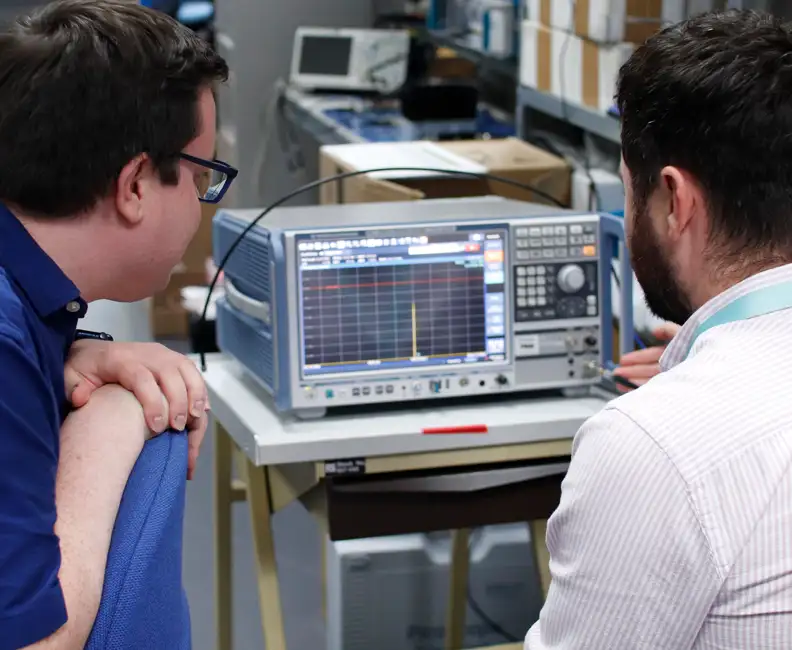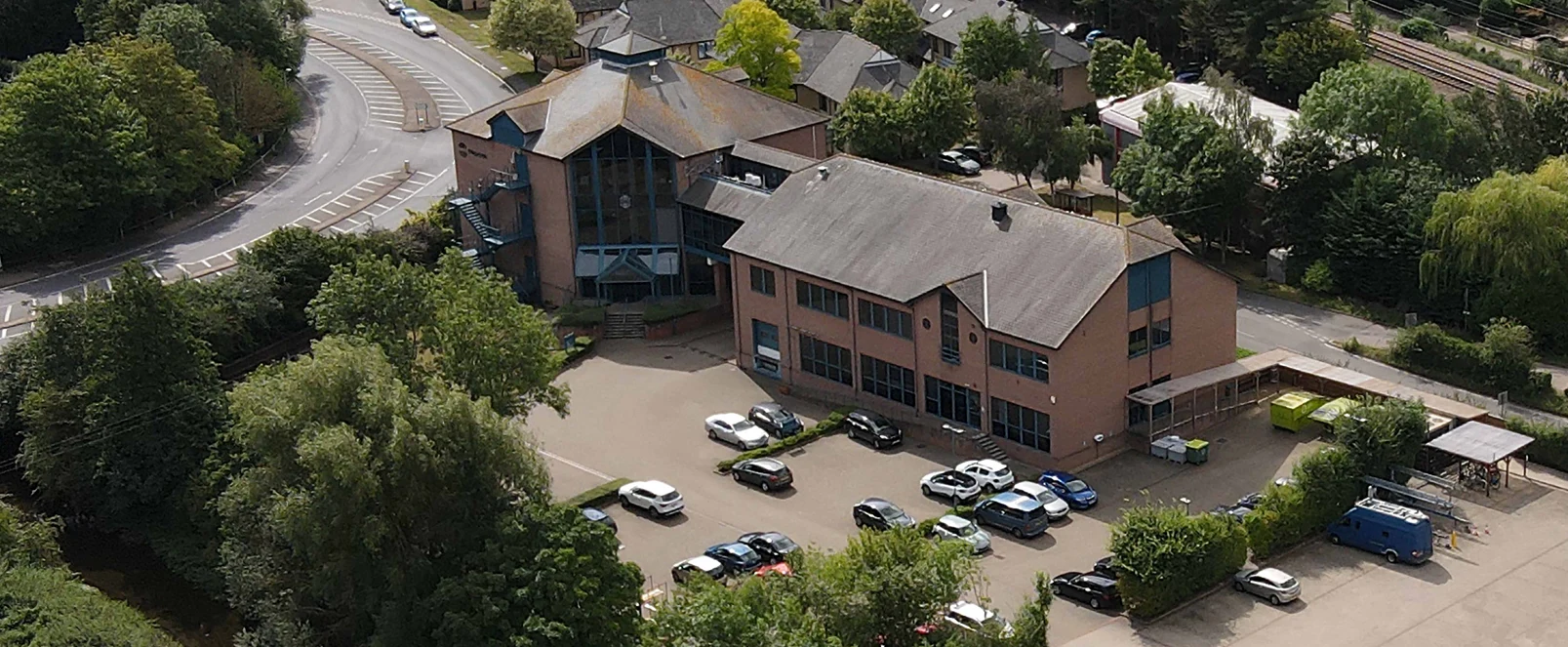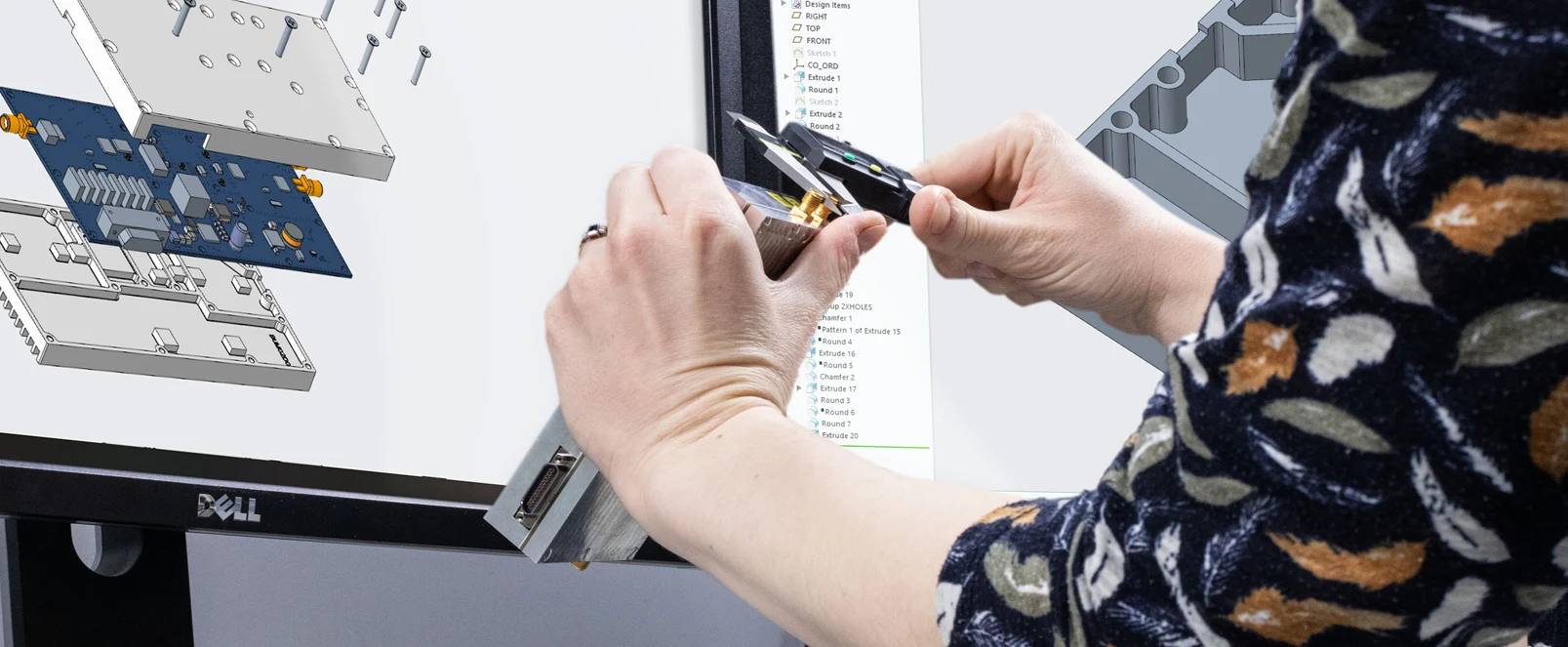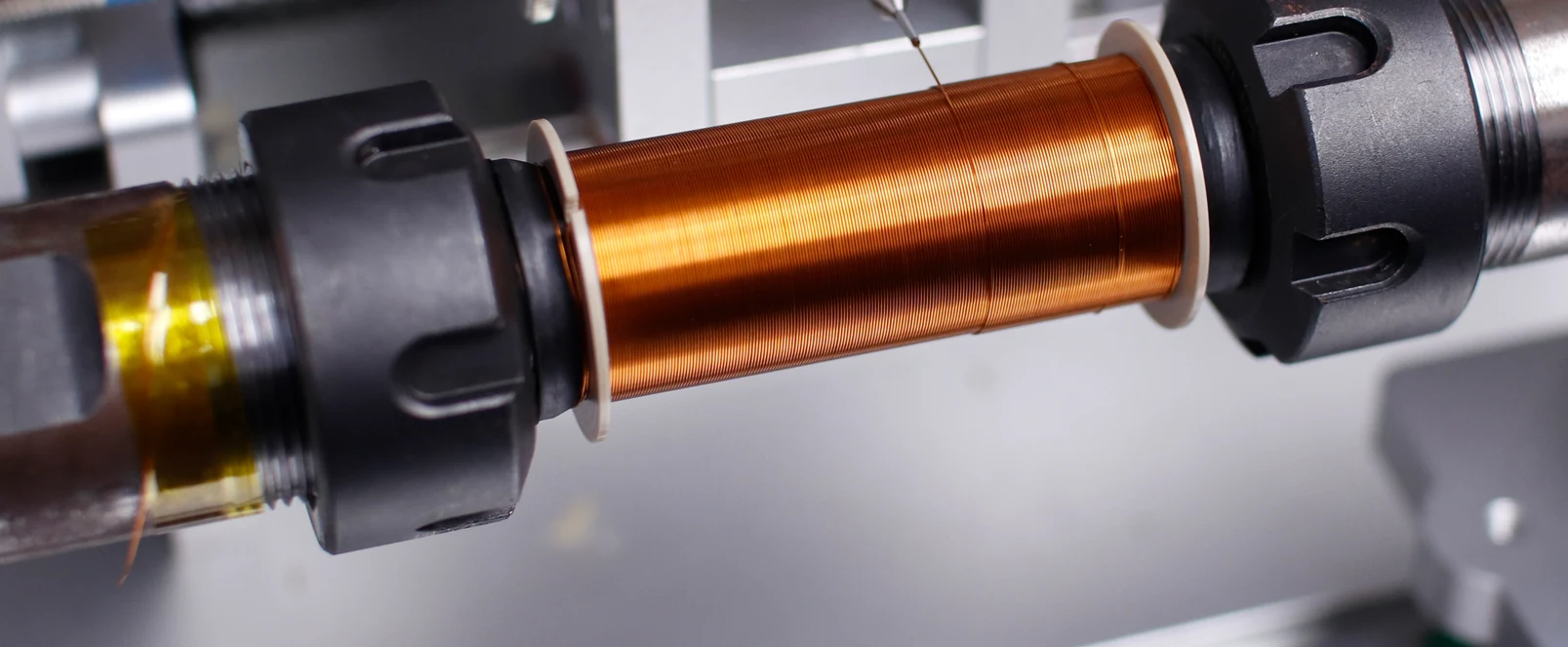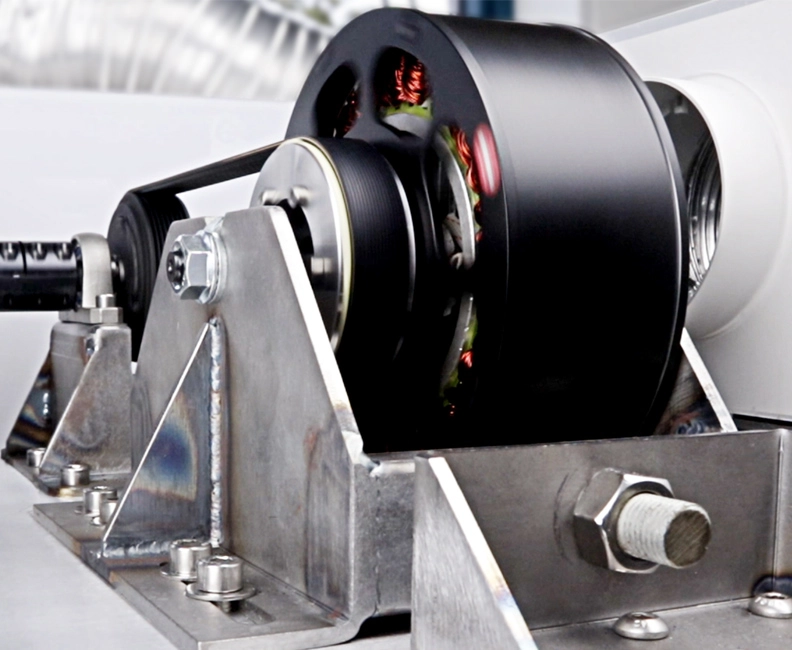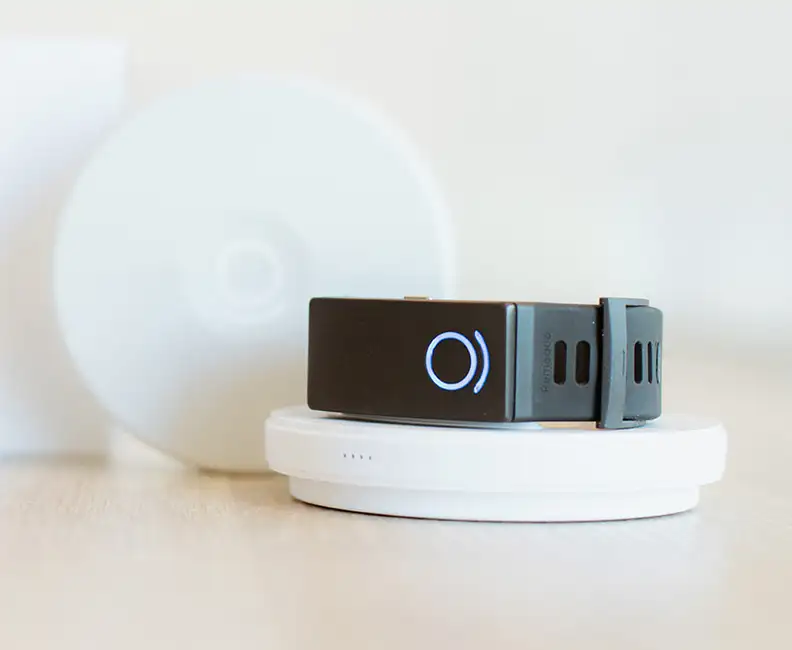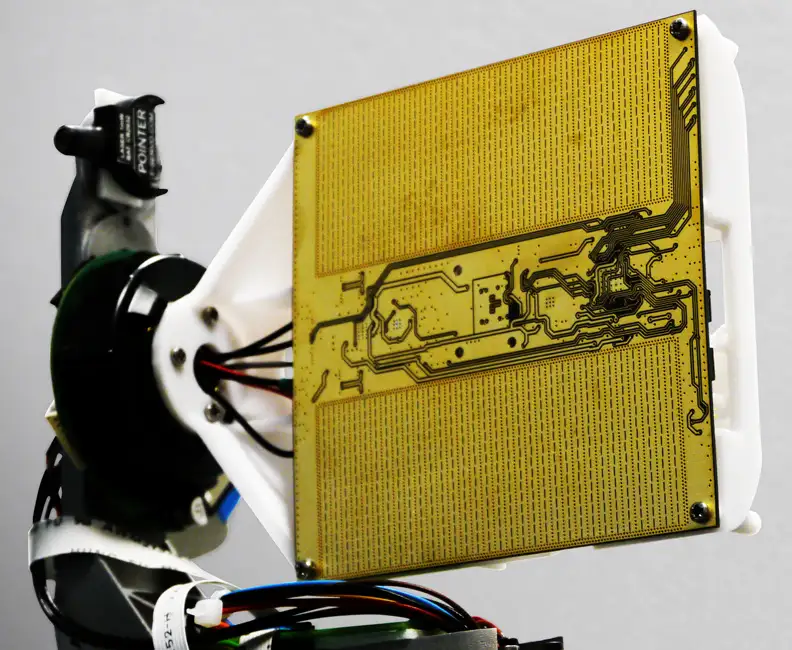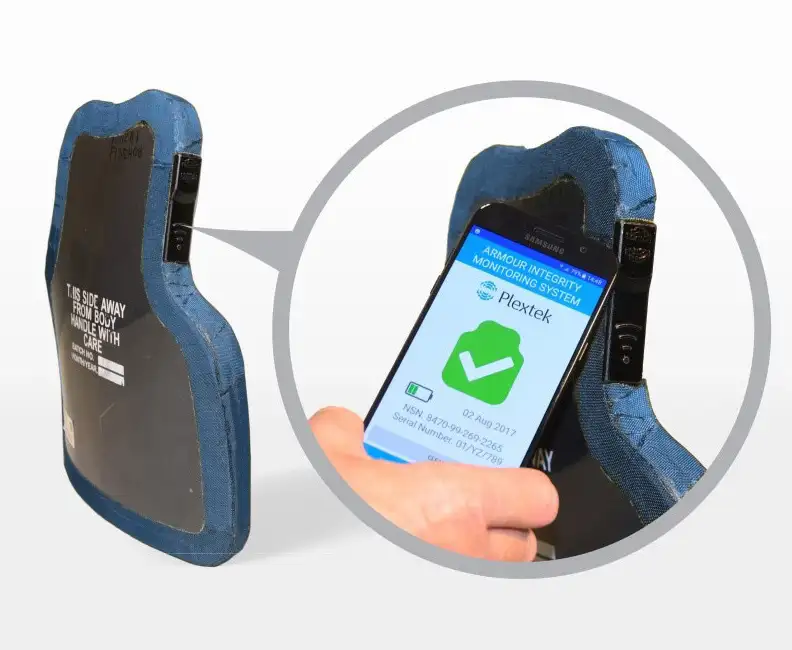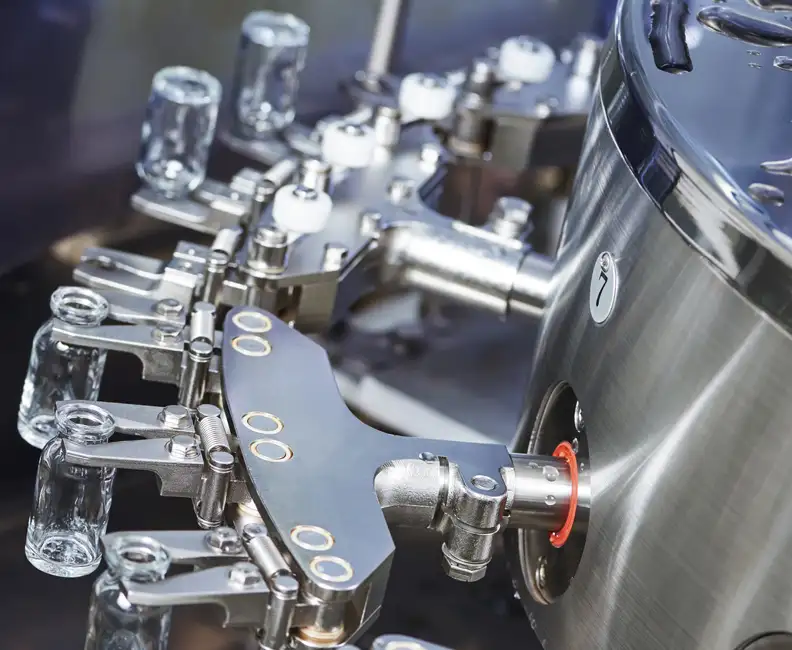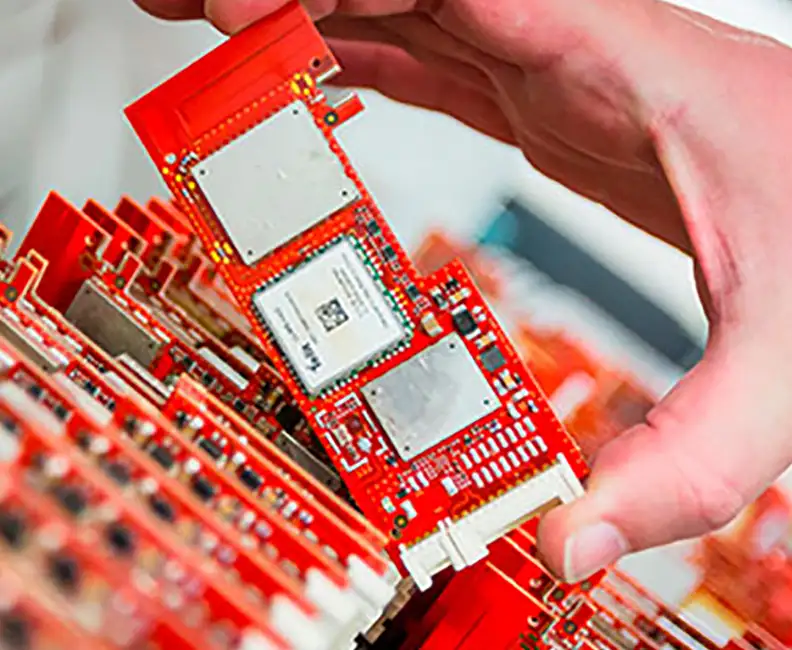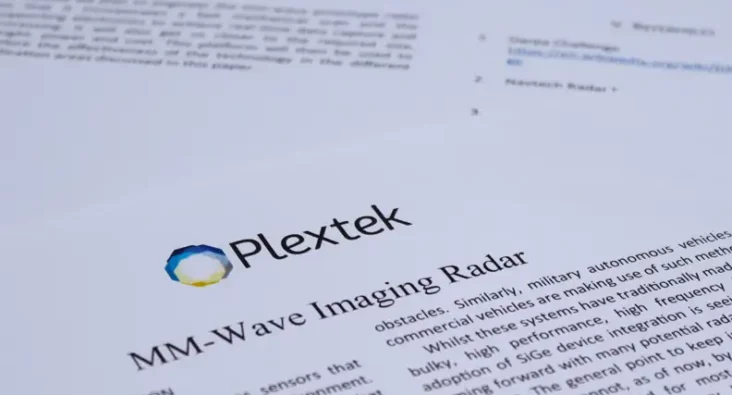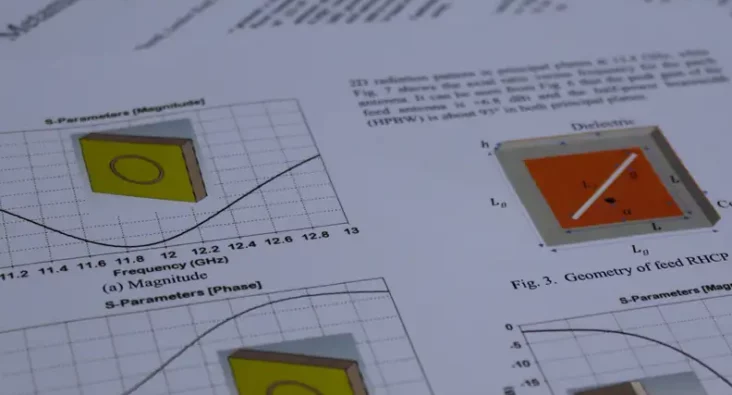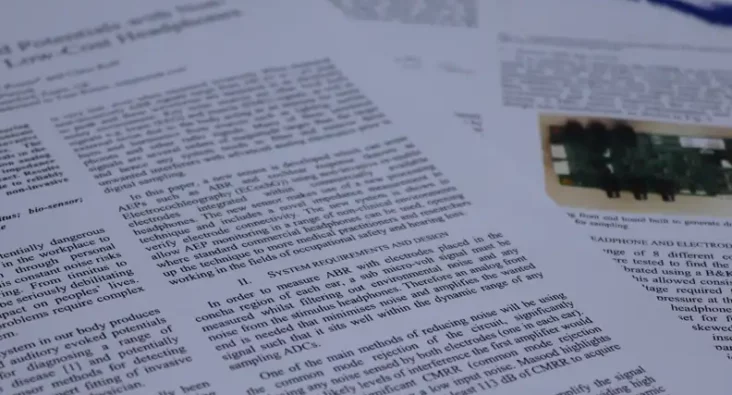The Challenge
iFIT Health & Fitness Inc is the world’s largest manufacturer of fitness equipment such as stationary bikes and treadmills with brands including NordicTrack, Pro-form and Freemotion.
Historically its products have been designed with a focus on exercise performance while minimizing the size and cost for shipping and delivery. However iFIT recognized that consumers’ experience of their products starts before the first workout. Its challenge: how could iFIT create an assembly experience that was as compelling as its fitness experience?
Our Approach
To independently understand the unboxing and assembly experience we observed a series of builds with consumers new to the category assembling three different iFIT products from delivery to their first workout. For example this allowed us to learn about the different assembly approaches that they took, how they used their home spaces and the impact of paper-based instructions vs apps for the build. We subsequently interviewed each consumer to understand their perception of the experience, the pain points and challenges to complement our own observations. We shared our conclusions with iFIT and together prioritised opportunities to improve the assembly experience. Ignite’ multi-disciplinary team then systematically and creatively generated a portfolio of design and engineering solutions iFIT can use to improve consumers’ experience of its products in the future.
Our Impact
iFit’s feedback,
“We’re absolutely delighted with what you’ve done for us, there are new insights we’d never have uncovered ourselves, ideas we can act on today and some breakthrough opportunities that we’ve never seen on products like this before.”
In the following months iFIT has able to integrate many of the features into its product portfolio and continues to use our work to improve its assembly experiences.
Thank you and your team for all of the hard work. We took a great amount of insight from your findings and have passed those along to our engineering teams.
Project Manager
iFIT Health and Fitness








